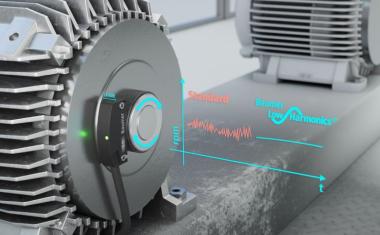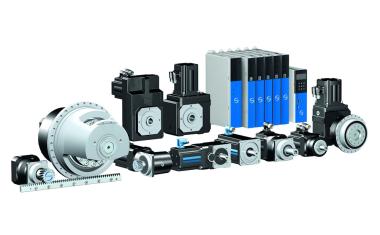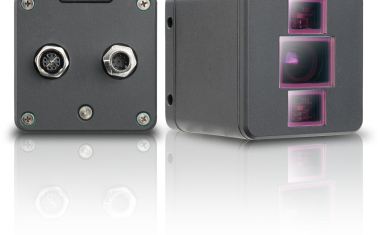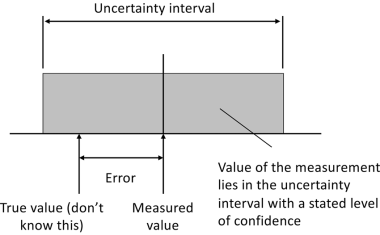The 10 trends in automation in 2025
Which trends will define the year 2025? We have listed them for you.
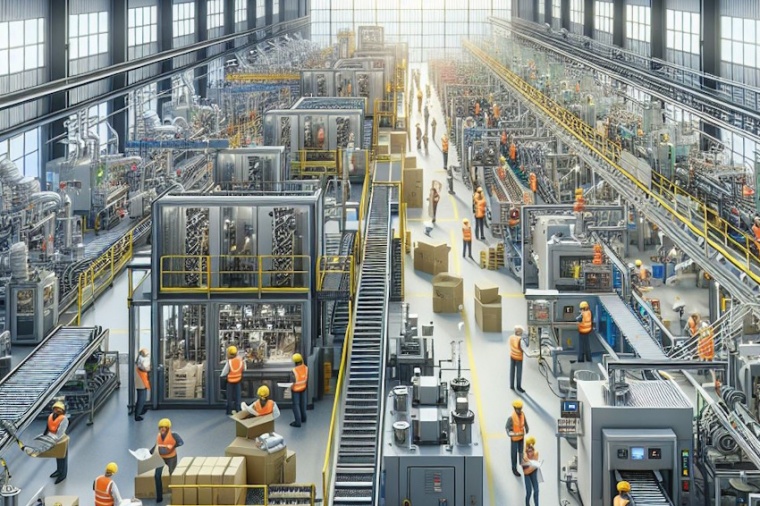
Factory automation has made enormous strides in recent years and will continue to be shaped by numerous innovative trends. But what exactly are they? That's what we will answer in this article.
1. Artificial intelligence and machine learning
Artificial intelligence (AI) and machine learning (ML) are key drivers of modern factory automation. By using AI, machines and robots can perform complex tasks autonomously and continuously learn. This leads to greater efficiency and less downtime.
AI-based systems can analyze large amounts of data and recognize patterns that would be difficult for human engineers to identify. For example, ML algorithms can be used for predictive maintenance to predict and prevent machine failures. Another example is the optimization of production processes through AI, which can increase efficiency by analyzing historical data and predicting future trends.
2. Internet of Things (IoT)
The Internet of Things (IoT) enables the networking of machines, sensors and systems within the factory. This networking leads to better monitoring and control of production processes.
IoT can collect and analyze real-time data, leading to improved decision-making and process optimization. For example, sensors can monitor the condition of machines and immediately sound the alarm in the event of irregularities. Furthermore, IoT enables the integration and coordination of various production steps, resulting in seamless and efficient manufacturing.
3. Robotics and automated manufacturing
Robots are playing an increasingly important role in the manufacturing industry. They take over repetitive and dangerous tasks, which increases safety and efficiency.
Modern robots can be used flexibly and programmed for various tasks. They work precisely and tirelessly, which improves product quality and reduces production costs. Another example is the use of industrial robots in the automotive industry, where they perform tasks such as welding, painting and assembly, which increases production speed and accuracy.
4. Additive manufacturing (3D printing)
Additive manufacturing, better known as 3D printing, enables the production of complex components directly from digital models. This results in a reduction in production times and costs.
3D printing technologies offer a high degree of flexibility in the production of small series and prototypes. In addition, components with complex geometries can be produced that would not be feasible using traditional manufacturing methods. Another example is the use of 3D printing in the aerospace industry, where lightweight yet robust components can be produced.
5. Digital twins
Digital twins are virtual representations of physical objects or systems that are used to simulate and optimize production processes.
By using digital twins, engineers can run through various scenarios and test the effects of changes in the production process in advance. This leads to better planning and a reduction in errors. Another example is the use of digital twins to monitor and optimize production facilities in real time, which increases efficiency and reliability.
6. Edge Computing
Edge computing refers to the processing of data directly at the source, i.e. close to the machines and devices, instead of sending the data to central data centers for processing.
Edge computing allows data to be analyzed and processed in real time, resulting in faster response times and better control of production processes. This is particularly important for time-critical applications. Another example is the use of edge computing to monitor and control autonomous vehicles in the factory, which increases safety and efficiency.
7. Cybersecurity
As the networking of production facilities increases, so does the risk of cyberattacks. As a result, cybersecurity in factory automation is becoming more important.
A successful cyberattack can result in significant production and financial losses. By using modern security solutions, such risks can be minimized and the integrity of production systems can be ensured. Another example is the implementation of security protocols and policies to control and monitor access to sensitive data and systems.
8. Collaborative robots (cobots)
Collaborative robots, also known as cobots, work directly with human employees and support them in various tasks.
Cobots are designed to interact safely and efficiently with humans. They take on repetitive or ergonomically unfavorable tasks, while human employees can concentrate on more complex activities. Another example is the use of cobots in assembly, where they perform precise and repeatable tasks while human employees perform quality control and adjustments.
9. Sustainable production
Sustainability is becoming increasingly important in the manufacturing industry. Companies are increasingly turning to environmentally friendly production methods and materials.
Sustainable production can help companies improve their environmental performance while also saving costs. For example, by using energy-efficient machines and processes, energy consumption and CO2 emissions can be reduced. Another example is the use of recycled materials and the minimization of waste through optimized production processes.
10. Augmented Reality (AR) and Virtual Reality (VR)
AR and VR are increasingly being used in factory automation, particularly in employee training and machine maintenance.
With AR and VR, engineers and technicians can be trained in a virtual environment, reducing training costs and increasing efficiency. In addition, maintenance work can be carried out faster and more accurately with AR support. Another example is the use of AR to support assembly work by displaying instructions and information directly in the employee's field of vision.
These ten trends show how factory automation is evolving and which technologies and methods are playing a central role in this process. Engineers and specialists in the manufacturing industry should monitor these developments closely and use them to remain competitive and increase the efficiency of their production processes. By integrating these technologies, companies can not only increase their productivity, but also improve their flexibility and adaptability in a constantly changing market environment.




